The All Ireland hurling final on Sunday once again sees Kilkenny and Tipperary facing each other in the latest edition of the age old rivalry. Over the next few days many different aspects of the game will be dissected by pundits and the ordinary public in an attempt to predict how the game will unfold. One which always generates debate, particularly in recent years is the role of the referee. Most GAA observers would prefer to have a referee who “lets the game flow” as this usually brings about a much more exciting game. Others suggest that this could favour the more physical team. When it comes to an All Ireland hurling final, small margins like this could matter. The famous interview between Marty Morrissey and Brian Cody after the 2009 All Ireland hurling final summarises these conflicting views quite well.
MORRISSEY: "In terms of the referee, were you pleased overall? I'm sure you are now, considering you've won the All-Ireland, but did you think he allowed a lot to go?"
CODY: "Ah Marty, please, give me a break will you. The referee - we're supposed to say nothing about the referees. I make a habit of saying absolutely nothing about referees. Diarmuid Kirwan, I am certain in my head, was going out to be the very best he possibly could be. You seem to have had a problem with him; you tell me."
MORRISSEY: "I had no problem with him, but it's obviously a point of debate after the game. In terms of ... "
CODY: "I can't understand, Marty, how this discussion with me is turning into a debate about a referee. It started off about the four-in-a-row; now you want to talk about a referee, it sounds a bit silly.
So what can we say about the role of referees. Well we can look at data on the number of frees awarded per game. The first graph below gives figures for all of the games played in this season’s hurling championship (excluding the opening round robin matches in Leinster and the replay between Wexford and Clare where the figures I collected included extra time). What is of interest here is whether fewer number of frees are given as we get toward the closing stages of the championship – perhaps where the pressure to “let the game flow” is at its greatest. There may be some evidence to suggest that this is happening although it is far from conclusive (we’d need more data on previous seasons). The average number of frees awarded for the Munster and Leinster Finals, the All Ireland Quarter finals and Semi finals was 20.5. In comparison, for all of the other provincial matches, the average was 21.7 (with the Kilkenny v Offaly game dragging this average down somewhat) and for all of the qualifiers, the average was 24.8.
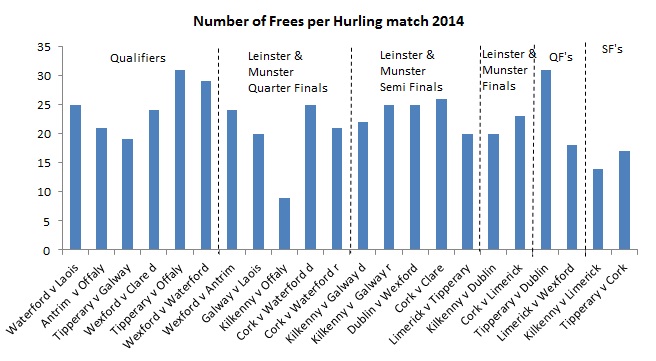
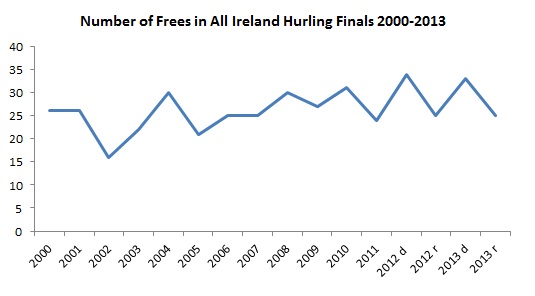
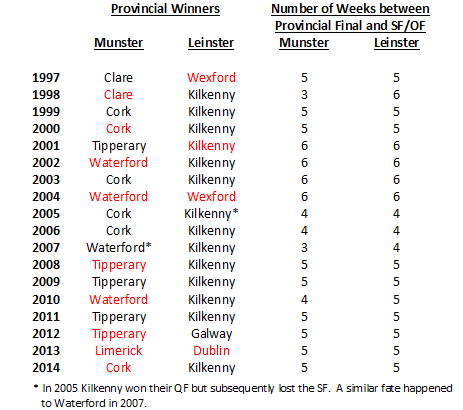
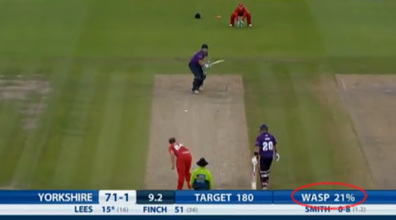

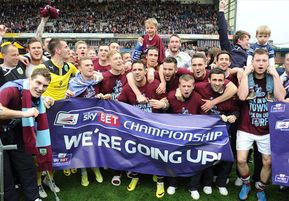
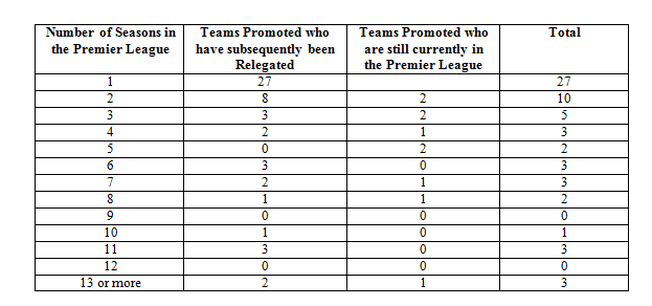
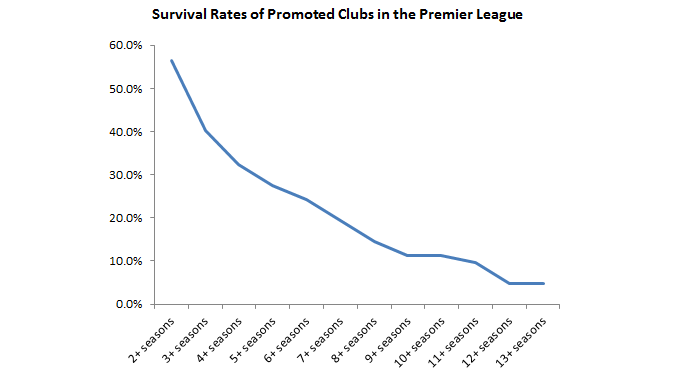

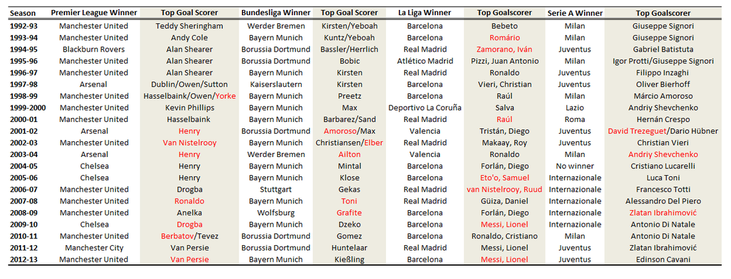
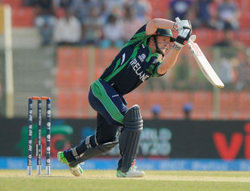



 RSS Feed
RSS Feed